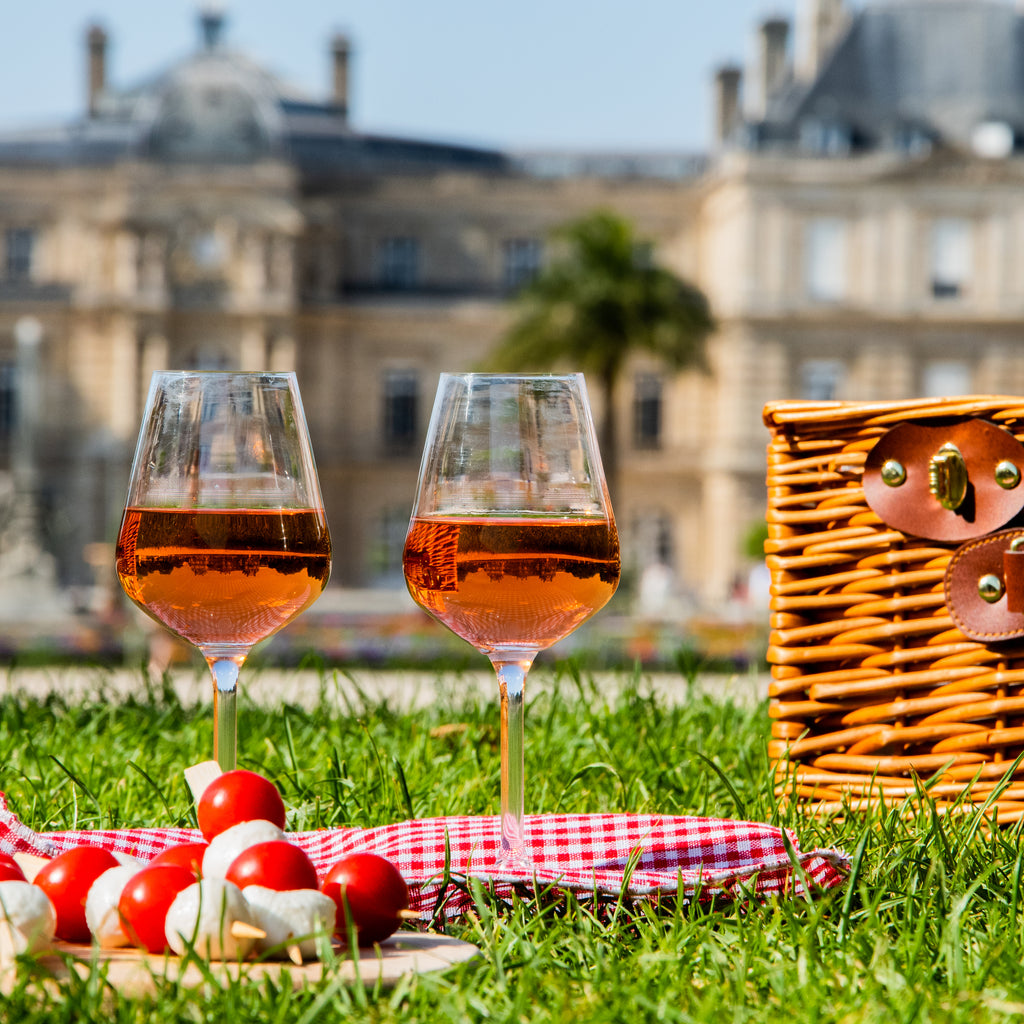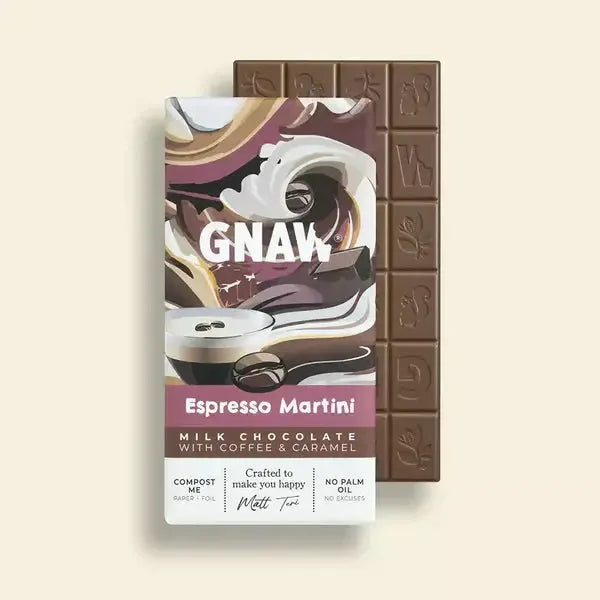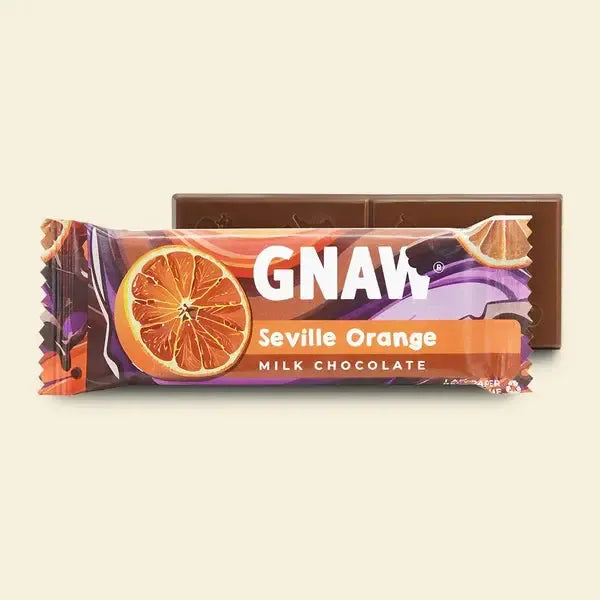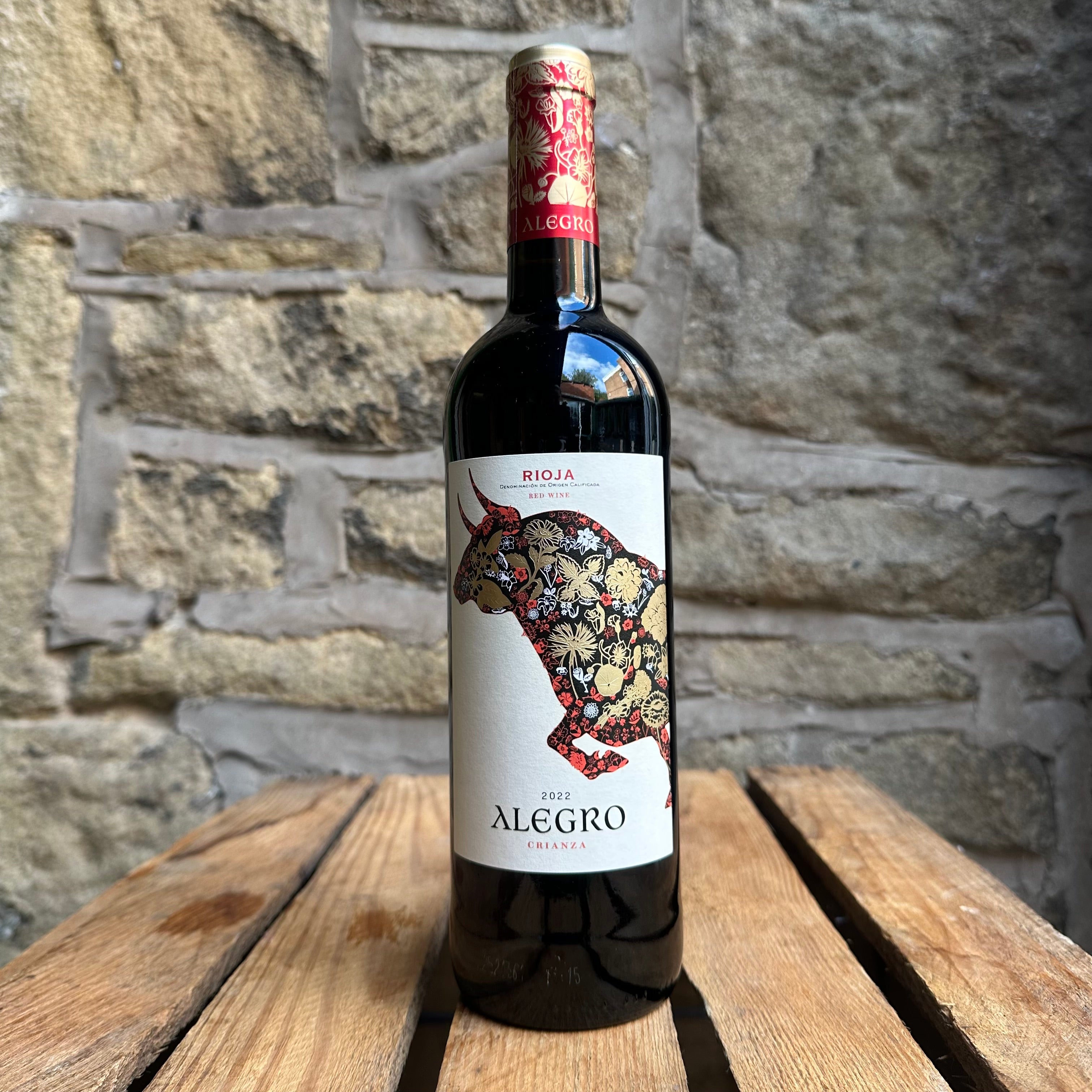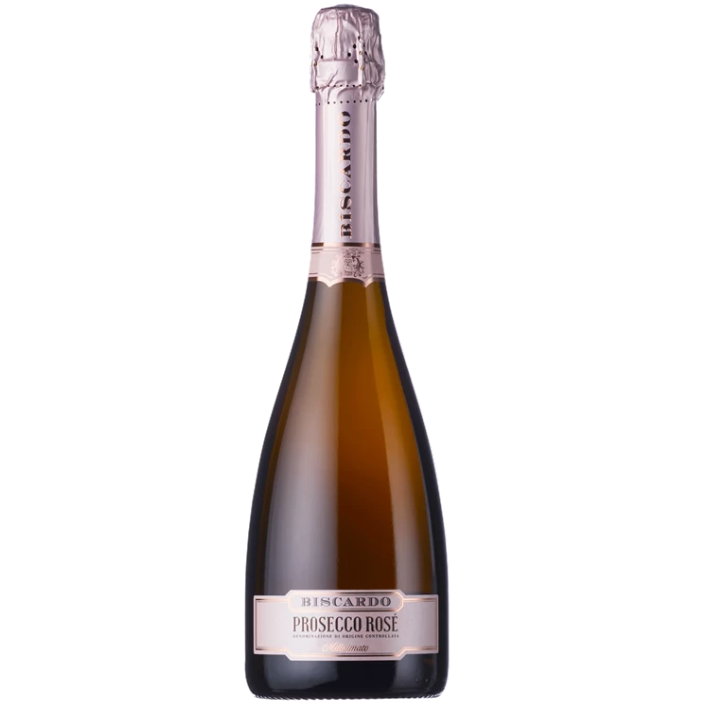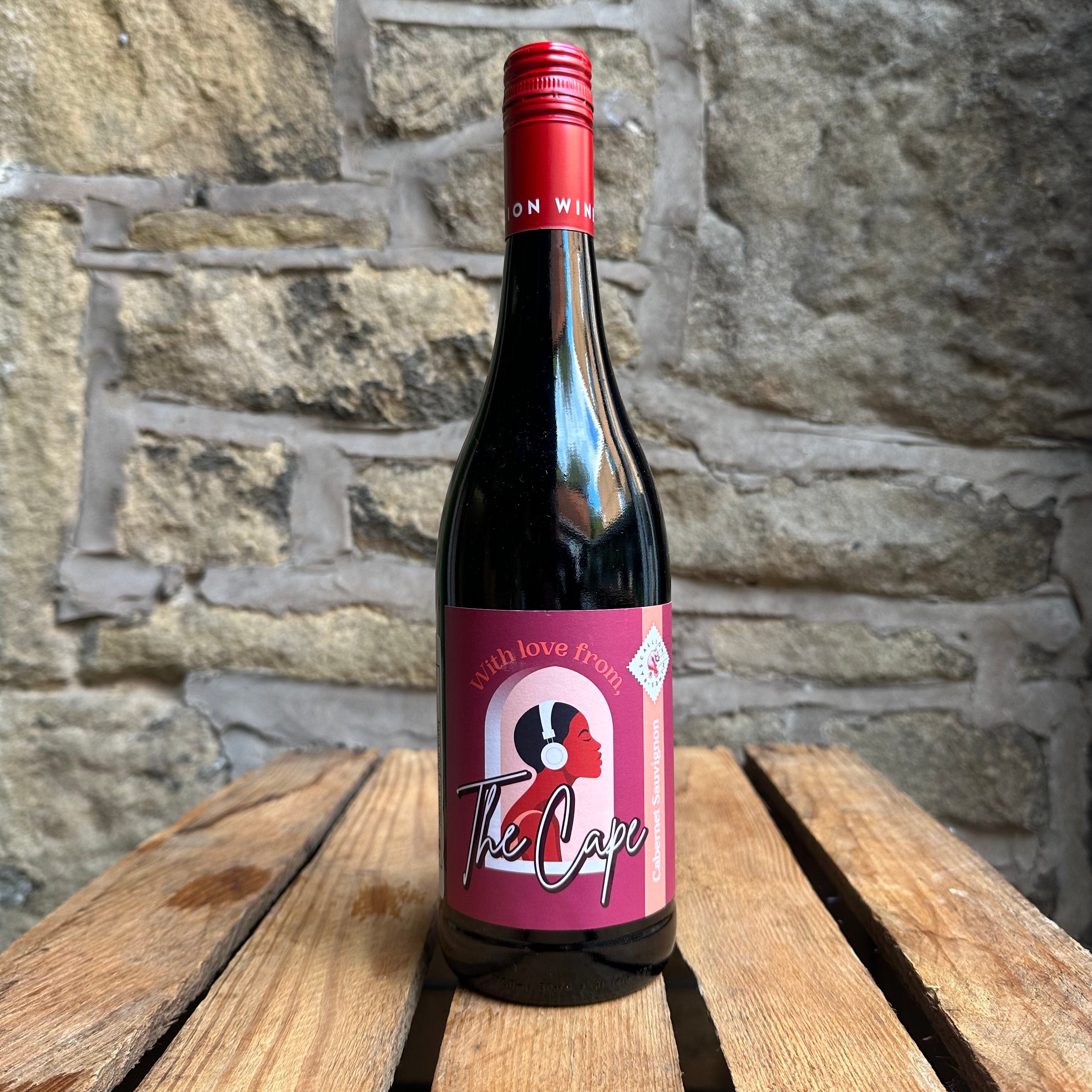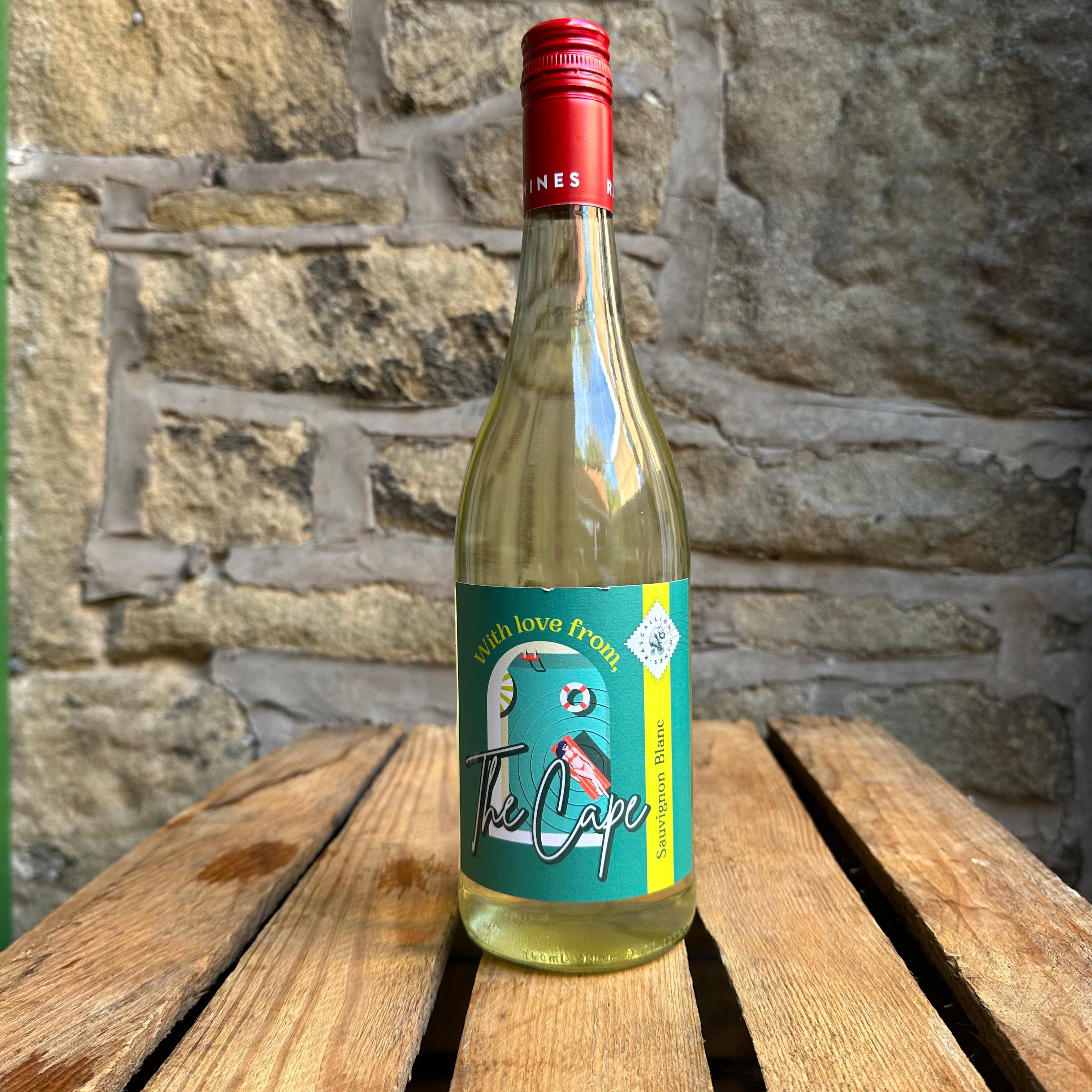
Beaujolais Beauty

Beaujolais is an exceptional French wine region that focuses almost exclusively on the Gamay grape to create famously light, fruity and vibrant wines. Situated just south of Burgundy, Beaujolais is made up of three overriding areas, each labelled differently to retain individual identity.
The whole region has adopted, in the main, the carbonic-maceration method for their Gamay grape wines as the grape is known for its early ripening and high levels of acidity. Carbonic-maceration involves whole bunches of grapes fermented in vessels, with the weight of upper layers causing the crushing of bottom layers which then produce carbon dioxide rising throughout the vessel. This 'intra-cellular' fermentation creates exceptionally low tannins, bright colours and retention of intense fruit flavours. No barrel-ageing is involved. This makes Beaujolais wines popular as a red wine option for pairing with food that would traditionally require white wine - white meats, light roasts, creamy sauces. Think Christmas dinner or summer pasta salads. In addition, they are often a good introduction for white wine drinkers who can struggle with the tannins and fullness of many other reds.
The outermost areas are classed as Beaujolais AOC. Here, wines are either Beaujolais or Beaujolais Nouveau and are typically the lightest and most youthful wines of the region, with less nuances of complexity such as spice, and more fresh red fruit dominating the profile. Beaujolais Nouveau wines are strictly regulated, with a vineyard release deadline of no later than one minute past midnight on the third Thursday of November. Domaine de Milhomme Tradition Beaujolais brings this to life with an explosion of cherry and strawberry on the nose. The palate shows fresh red fruit flavours giving the effect of bursting fresh grapes in the mouth. Further inwards mainly in the north is the Beaujolais-Villages area. Known for its excellent terroir with rolling hills and granite soils, its juicy wines still light yet slightly fuller than those in Beaujolais AOC. Red fruits are joined by light spice in the profile, with wines released soon after harvest and generally intended for drinking in their youth. Beaujolais-Villages wines account for one quarter of the region's output.
The innermost strip contains ten Cru villages, all with their own names proudly displayed on the label for Beaujolais connoisseurs. These wines differ in profile and complexity, but typically are more inclined to bottle-ageing to produce ripening fruit flavours, a plethora of spices and even floral elements. This longevity is a prized marker for Cru villages, with the production of Nouveau wines not permitted. Taking a look at two Crus, Brouilly is the largest producing light to medium Beaujolais wines that are mainly intended for consumption within 3 years. Blueberry, cherry, raspberry and redcurrant abound in the bouquet and flavours. Domaine dit Barron's example is particularly suitable for those wanting more robustness. Aromas of red fruit, blueberry, plum and peach are backed up by mineral notes, whilst the palate shows plenty of soft blackberry fruit, balanced by a good tannic structure and notable earthy notes.
Adversely, Fleurie wines tend more towards medium body with velvety texture and immediate floral notes in the bouquet. One of the most widely exported of the Beaujolais Crus, Fleurie wines known for longevity with a drinking age of anywhere between 4 and 16 years. Domaine de Montangeron embodies this longevity, being primed for consuming now or up to 6 years in bottle. Characterised by complex fruit and floral aromas and an elegant, silky texture, the sublime floral aromas of rose petals, iris, and violets balance with spicy nuances and rounded blackcurrant fruit. Structure, finesse, elegant tannins and good length. A matter of mood, pairing and palate will dictate which Beaujolais is right for you, but one thing is certain; the mark of a Beaujolais regardless of area is an indicator of true grape mastery and quality.



